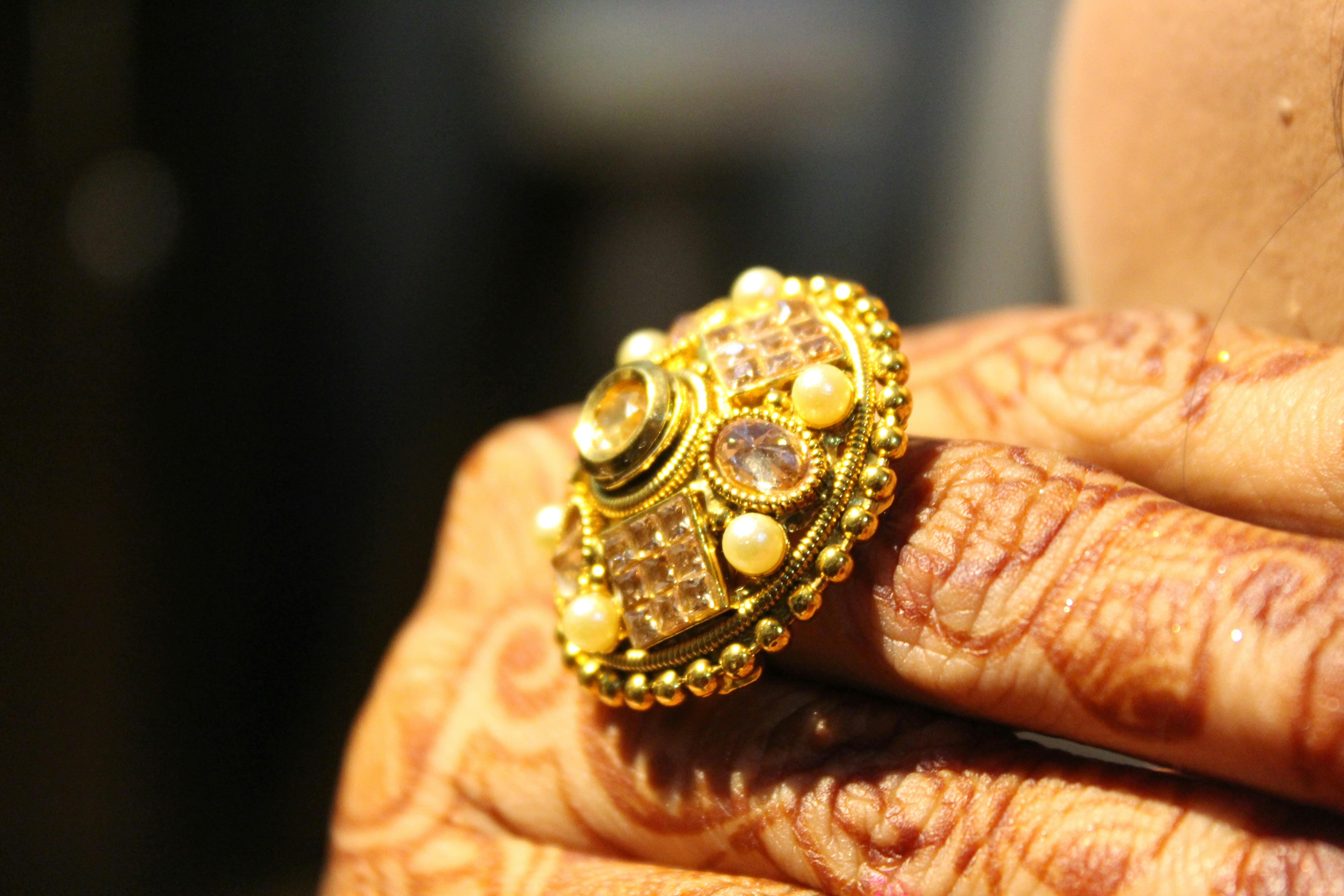Antique Rings: A Journey Through Time and Craftsmanship
Antique rings are more than just jewelry; they are miniature works of art that carry the stories of bygone eras. These exquisite pieces, typically over 100 years old, offer a unique blend of history, craftsmanship, and beauty. From delicate Victorian designs to bold Art Deco statements, antique rings showcase the evolving styles and techniques of jewelry making throughout the centuries. Whether you're a collector, history enthusiast, or simply someone who appreciates timeless beauty, antique rings provide a tangible connection to the past and a distinctive way to adorn oneself in the present.

How do Victorian-era rings differ from other antique styles?
Victorian-era rings, dating from 1837 to 1901, are known for their romantic and sentimental designs. This period, named after Queen Victoria, saw a surge in jewelry production and innovation. Victorian rings often feature intricate metalwork, such as filigree and engraving, and commonly incorporate motifs like flowers, hearts, and birds. Gemstones were widely used, with diamonds becoming more prevalent towards the end of the era. A distinctive characteristic of Victorian rings is the use of symbolism, with different stones and designs conveying specific messages or sentiments. For example, serpent rings were popular as symbols of eternal love, inspired by Prince Albert’s engagement ring to Queen Victoria.
What types of gemstones are commonly found in antique jewelry?
Antique rings showcase a diverse array of gemstones, each with its own historical significance and appeal. Diamonds have been a popular choice for centuries, especially in engagement rings. However, colored gemstones played a significant role in antique jewelry, often taking center stage. Rubies, sapphires, and emeralds were highly prized and frequently used in elaborate settings. Other gemstones commonly found in antique rings include:
-
Pearls: Valued for their lustrous beauty and often used in Victorian and Edwardian designs.
-
Opals: Popular in the Art Nouveau period for their unique play of colors.
-
Amethysts: Favored in many eras for their rich purple hue.
-
Garnets: Commonly used in Georgian and Victorian jewelry.
-
Turquoise: Often seen in Victorian and Art Nouveau pieces.
The choice and arrangement of gemstones in antique rings often reflect the tastes and symbolic meanings of their respective eras, adding depth to their historical and aesthetic value.
How can one authenticate and value an antique ring?
Authenticating and valuing an antique ring requires expertise and careful examination. Professional appraisers and experienced jewelers play a crucial role in this process. Here are some key factors they consider:
-
Age and provenance: Determining the exact age and origin of the ring is essential. This may involve researching hallmarks, maker’s marks, and historical records.
-
Materials: The type and quality of metals and gemstones used are crucial in valuation. Precious metals are often tested for purity, while gemstones may undergo professional grading.
-
Craftsmanship: The quality of workmanship, including the intricacy of design and the techniques used, significantly impacts value.
-
Condition: The overall condition of the ring, including any wear, repairs, or modifications, affects its worth.
-
Rarity: Unique or rare designs, especially those from renowned jewelers or specific historical periods, can command higher values.
-
Market demand: Current trends in the antique jewelry market can influence a ring’s value.
It’s important to note that authentication and valuation should be done by certified professionals to ensure accuracy and protect both buyers and sellers in the antique jewelry market.
What are the care and maintenance requirements for antique rings?
Preserving the beauty and integrity of antique rings requires special care and attention. Unlike modern jewelry, these pieces often have more delicate constructions and may be more susceptible to damage. Here are some essential care tips:
-
Gentle cleaning: Use a soft, lint-free cloth to gently wipe the ring. Avoid harsh chemicals or ultrasonic cleaners, which can damage delicate settings or gemstones.
-
Professional servicing: Have the ring inspected and cleaned by a jeweler experienced in antique pieces annually.
-
Proper storage: Store the ring separately in a soft cloth or jewelry box to prevent scratching.
-
Avoid exposure: Remove the ring during activities that could expose it to chemicals, extreme temperatures, or physical impacts.
-
Insurance: Consider insuring valuable antique rings to protect against loss or damage.
-
Mindful wearing: Be aware of the ring’s delicacy during daily wear, especially if it contains softer gemstones or intricate metalwork.
By following these guidelines, owners can help ensure that their antique rings remain beautiful and structurally sound for future generations to appreciate.
Antique rings offer a unique blend of artistry, history, and personal expression. Whether inherited as family heirlooms or acquired through careful selection, these pieces provide a tangible connection to the past. Their enduring appeal lies not just in their aesthetic beauty but in the stories they carry and the craftsmanship they represent. As we continue to appreciate and preserve these exquisite pieces of jewelry, we honor the artisans of the past and ensure that their legacy of beauty and skill continues to enchant and inspire in the present day.






